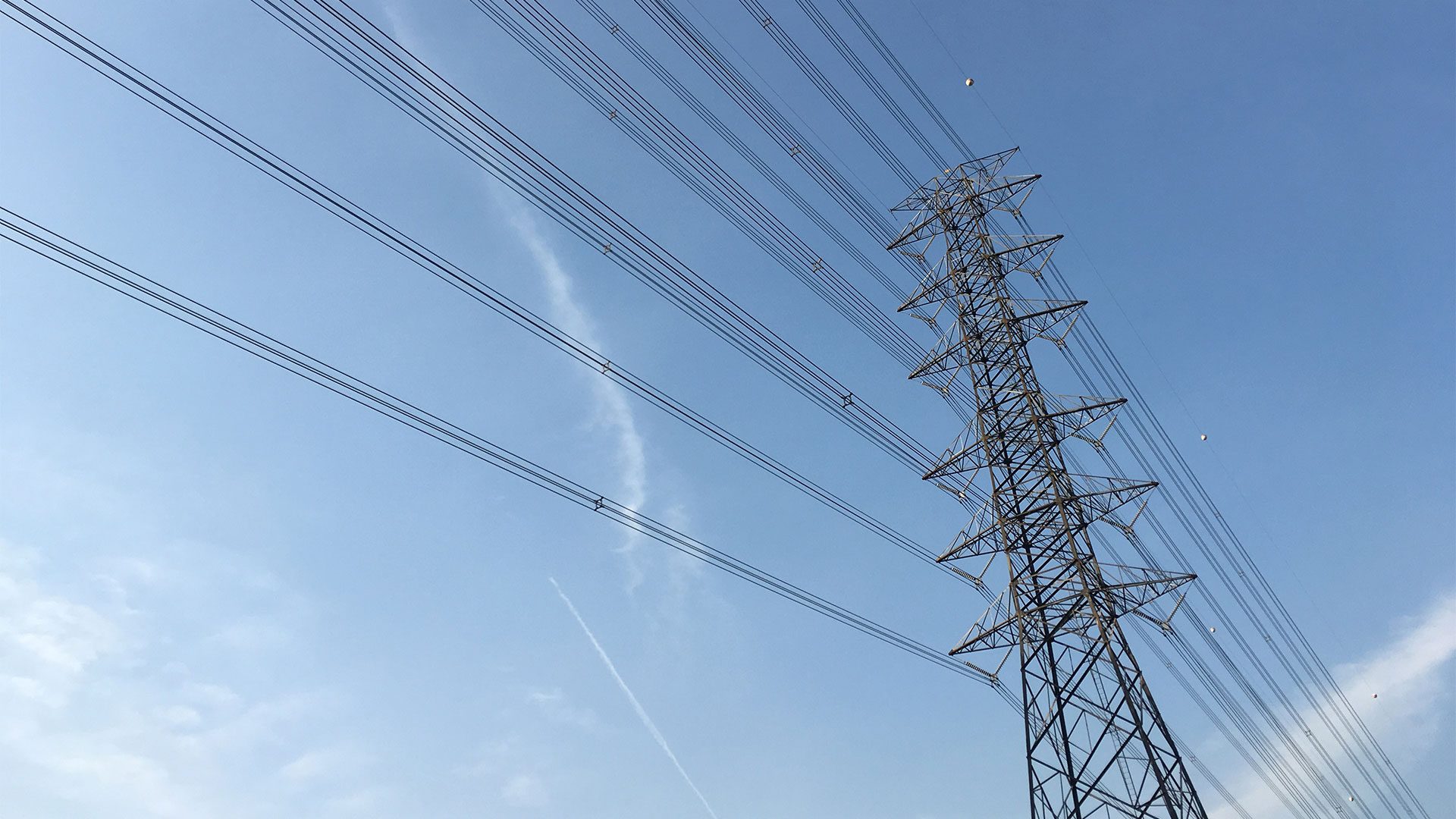The ERCOT Large Flexible Load Task Force (LFLTF) meeting on July 8, 2024. An update on the Large Load Queue was presented, highlighting a significant increase in total queue capacity by 4,196 MW from June 2023 to July 2024. This expansion now includes projects with projected in-service dates extending as far as 2028, with default in-service dates of December 31, 2028, assigned to projects lacking specific dates. Since July 2023, 1,735 MW of load has been approved to energize. This reflects a slight decrease from previous figures due to updates and cancellations. The load breakdown by zones shows 2,837 MW in the west load zone and 2,642 MW distributed among the north, south, and Houston load zones. The total comprises 4,404 MW from standalone projects and 1,075 MW from co-located projects. Peak consumption details include a non-simultaneous peak of 3,065 MW and a simultaneous peak of 2,610 MW. There was a need for further clarification on large loads not displayed due to ERCOT’s intermarket notice, and discussions focused on improving projections of connected loads for policymakers. There is also a call for more detailed reporting requirements to better track readiness and equipment delivery dates.
The topic of Voluntary Registration of Loads was discussed, addressing concerns about large flexible loads impacting load obligations during coincident peak periods and manual load shed events. A proposal was made to exclude large flexible loads from transmission load shed obligations if they disconnect before Energy Emergency Alerts (EEA) or EEA Level 1 events. Coordination with ERCOT on drafting NPRR1238 and NOGRR265 was highlighted, with an urgent status requested due to project delays. Stakeholder concerns were discussed, including the specificity of the proposed language and its potential broader applications. Questions regarding NOGRR268’s language, minimum size requirements, and implications for system changes were addressed. Issues were also raised about notification and responsibility for changes in system topology or telemetry. There was a strong emphasis on effectively managing the registration and deployment of curtailable loads. ERCOT continued to review the proposal and expressed reservations about its urgency, leading to further discussions on aligning the proposal with regulatory requirements.
The meeting also introduced a proposal for setting maximum size limits on load interconnections. This included defining minimum and maximum sizes for radial connections across several categories: less than 350 MW, 350 MW to less than 700 MW, 700 MW to less than 1 GW, and greater than or equal to 1 GW. Recent trends have included requests for very large load connections up to 4 GW, highlighting the need for new criteria as current standards are lacking. Attendees discussed studies such as those by Southern Cross, which evaluated the frequency and voltage impacts of large loads. Comments included a call for more rigorous studies based on frequency overshoot, the importance of considering co-located generation and load facilities, and the need for practical and reliable solutions. There were concerns about substation selection and coordination between multiple Transmission Service Providers (TSPs). The consensus was to conduct further studies and potentially establish new criteria to handle voltage ride-through and system stability for large load interconnections.



